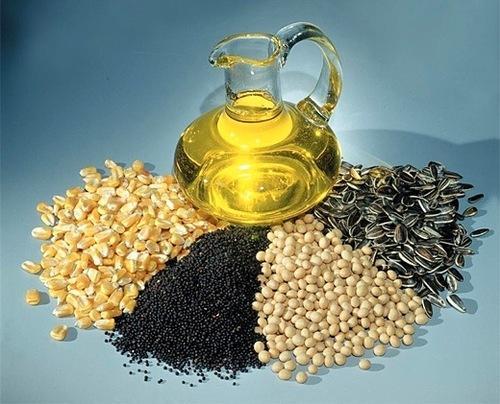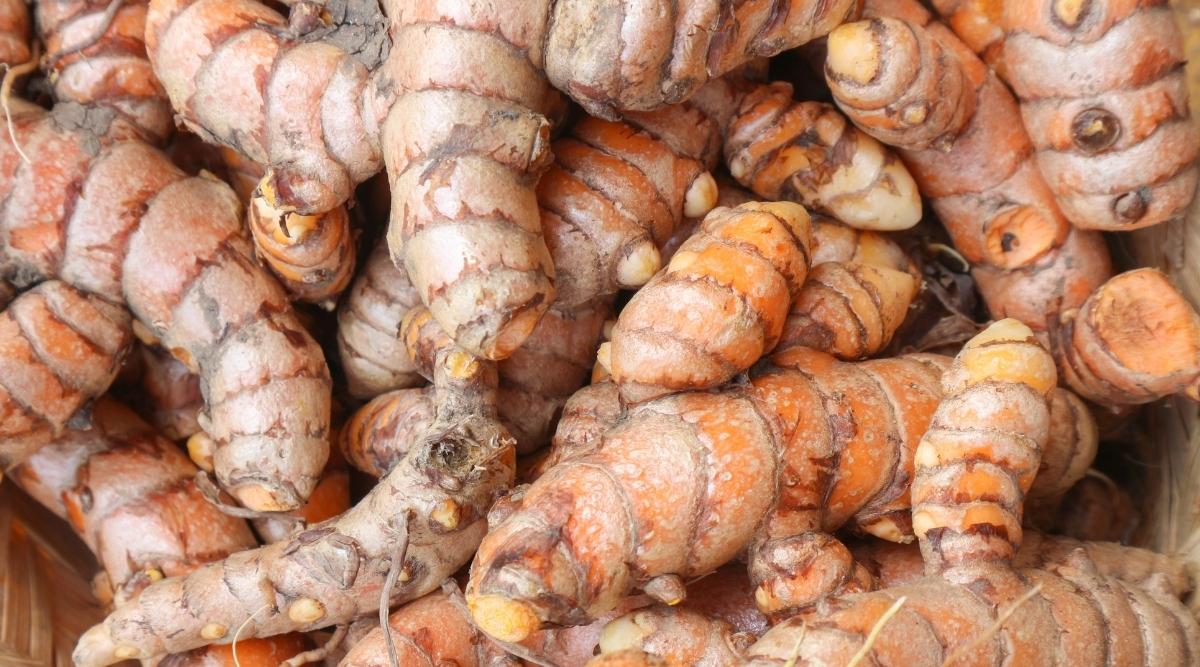Yesterday, Jeera prices increased as poor weather conditions hindered supply from the key producing areas, and they eventually decreased by -1.05% to end at 35430 on profit taking. This year, jeera production is down, demand for exports is up, and there is a shortage in stocks. Gujarat has seen an increase in cumin harvests over the past year, but recent rains are expected to result in yield reductions of at least 20%. The amount of cumin produced in Gujarat in 2023 was 2.15 lakh metric tonnes (MT).
In the districts of Kutch and Banaskantha, more than 30% of Gujarat’s crop is still unpicked at this time. Some of this crop is expected to be damaged or of low quality because of unseasonal rain in some areas. Cumin demand is expected to exceed 85 lakh bags this year, with a likely supply of 65 lakh bags, according to FISS projections. 55 kilograms can fit in one bag. An imbalance in supply and demand will result from this.
At least 70% of the crop in Rajasthan and about 30% of the crop in Gujarat are still unharvested at this time. The total yield will be lower due to the rain in both states. During the harvest season, two periods of unseasonal rainfall ruined the cumin crop. The stock will be downsized from the anticipated arrival of 70 lakh bags to 60–65 lakh bags, with a carryover stock of 5 lakh bags from the previous year.
Jeera’s price increased somewhat in Unjha, a significant spot market in Gujarat, to finish at 34373.65 rupees per 100 kg. Technically, the market is in long liquidation as evidenced by the market’s drop in open interest of -5.52% to 5238 while prices are down by -375 rupees. Currently, Jeera is receiving support at 35000 and a move below could result in a test of the 34565 levels. Meanwhile, resistance is now likely to be seen at 35980, and a move above could result in prices testing 36525.

